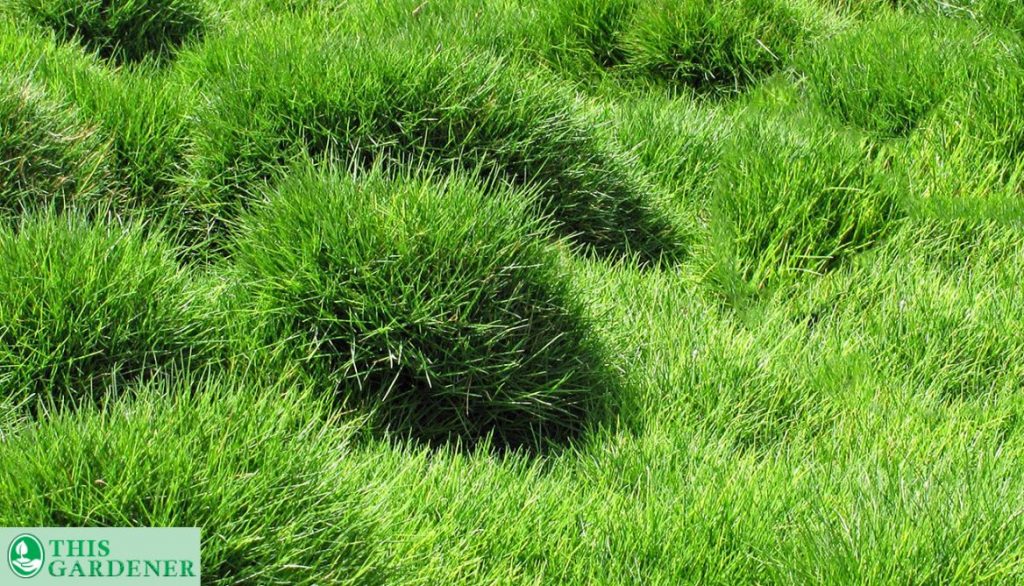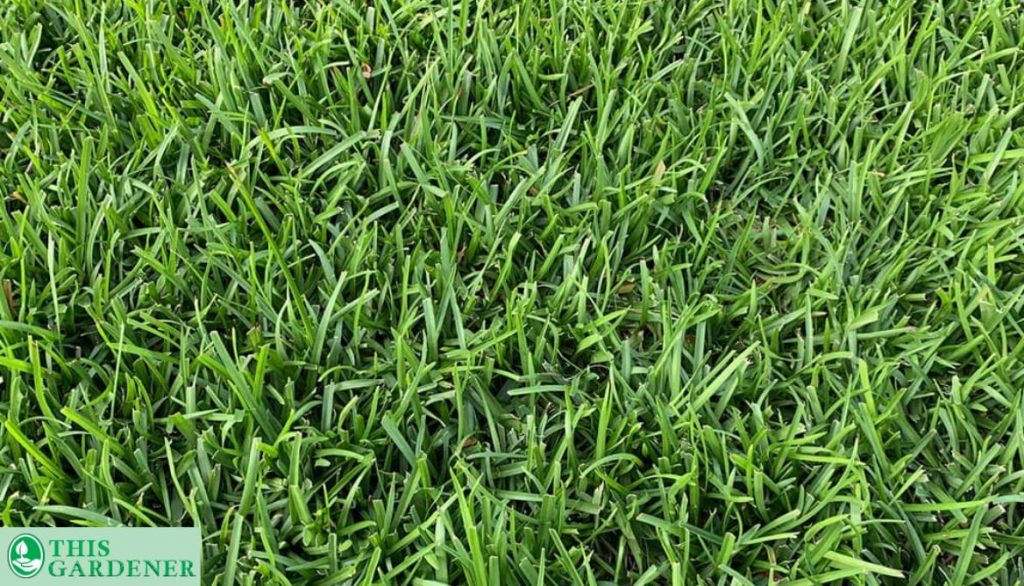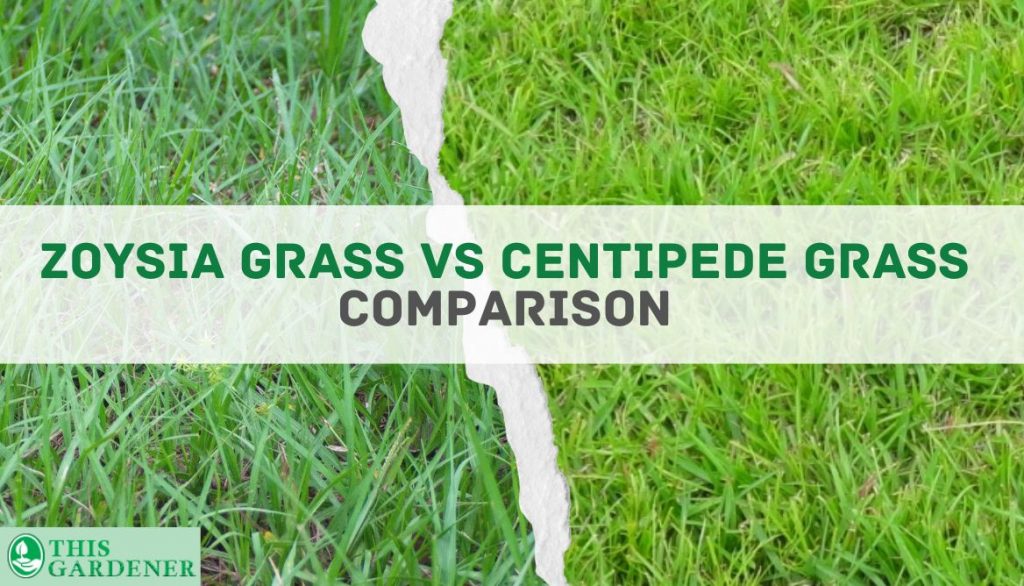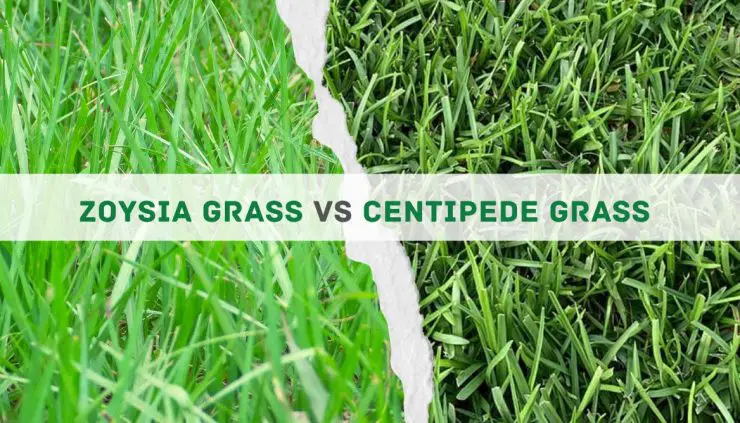Getting the best grass for your garden isn’t as simple as it seems. If you are trying to find grass suitable for low-maintenance lawns then you have to choose between Zoysia vs Centipede grass.
The Zoysia grass withstands heavy traffic easily and also provides a dense and attractive lawn. It is slow to grow but doesn’t allow any weed to grow thus requiring less lawn care in this aspect. Centipede grass just like the Zoysia is also heat tolerant and generally grows in warm areas.
As you can see grass has its pros and cons but we have to dig a bit deeper and determine the right grass for your lawn.
Contents
Comparing Zoysia Grass vs Centipede Grass:
Zoysia grass has deep roots, but it still requires lots of water. Centipede grass doesn’t require that much watering.
Zoysia grows ideally in areas with dry weather while Centipede prefers areas with a lot of rainfall.
Out of the two grass types, Zoysia is much more tolerant towards high traffic while Centipede is not.
Differences Between Zoysia and Centipede Grass:
Parameters | Zoysia Grass | Centipede Grass |
Drought Tolerance | Strong | Weak |
Maintenance Needs | Normal | Super Low |
Traffic Tolerance | Really Good | Weak |
Shade Tolerance | Medium to High | Average |
Cold Resistant | Medium to High | Strong |
Heat Resistant | Strong | Excellent |
What is Zoysia grass?

It is a warm-season grass that is famous for being heat tolerant, performing well against heavy foot traffic, and surviving in drought conditions. In ideal conditions, Zoysia grass is one of the toughest and most beautiful grass.
Identifying Zoysia grass:
Some of the identifiable features of Zoysia grass are:
- It has a dark green color with a nice texture
- Blades are close to each other
- Allows for a tough surface
- Bare patches during growth
What is Centipede?

Centipede grass is a slow-growing grass that prefers sandy soil. It is considered one of the best grasses for your lawn. And we assure you that once you have grown this grass then no other can compete with it.
Identifying Centipede grass:
Some of the identifiable features of centipede grass are:
- Green blades are present but they are more vibrant and with a coarse texture
- Spreads easily and on a wide area
- Low height when it grows
- Grass clumps closer to make a thick grass mat
Comparing Zoysia vs Centipede Lawn

Both of these grasses are in complete contrast to each other when it comes to different factors. Zoysia is a much more durable grass but is hard to maintain. It is also quite pricey. Centipede on the other hand has a rough texture, and low durability but is really easy to maintain. It is also quite cheap when compared to Zoysia.
We have gone into more detail down below so that you can get a clearer picture of which one is better for you.
Appearance
Zoysia is dark green with a fine texture, and the blades are closer to each other. Establishment takes up to 3 years. It provides a tough mat.
Centipede doesn’t have a long establishment time and grows bright green. It has a quite widespread and is also low to the ground. The blades are also rough. Centipede grass lawns are quite dense.
Weeds, growth, and sod formation
The blades are closer in Zoysia so there is a formation of tough sod but this process takes up to 3 years. You will see bare spots on the ground. Once established, it is tough and doesn’t allow weed to grow.
Centipede lawn is the same and has a really strong sod. Its establishment is possible in one summer and grows close to the ground. It provides a tough green lawn that prevents the growth of weeds.
Best Uses for Zoysia vs Centipede
During the growing season, you need to take more care of Zoysia grass. It daily watering needs and you will also need to mow it once a week. Zoysia lawn is best for golf courses mainly in the teeing and fairway areas. Humid climates can also help with growth and allow it to stay green.
Centipede green lawns are more suitable in areas where there is low traffic. This is because the water requirement of a centipede lawn is not that high. You don’t need to regularly look after it.
Soil Types and pH Needs
Zoysia is best suited in soil with a lot of moisture. You don’t necessarily need a rich lawn but doing so will help improve the grass color. Even though a neutral pH works fine but it is ideal to have an acidic pH of somewhere around 6 to 6.5.
Centipede grasses like acidic soils with a 5 to 6 pH. Sandy soil is best for maintaining a green lawn with centipede grass. It is also good in dryer regions as it doesn’t have high water needs.
Both of the grasses grow best at normal pH ranges and cannot tolerate extremely acidic soils at all.
Water Requirements
The water requirement for these grasses is quite different. Zoysia is quite heavy on the water and you need 1″ of water per week. If the weather is really hot then you should use 2″ of water per week.
Centipede has lower water requirements than the two warm season grasses and you need as low as 0.5″ of water. It can easily survive hot weather without much trouble.
Fertilizer Needs
Zoysia grass requires very light or moderate fertilization at best in the summer season. Centipede grass on the other hand requires very low fertilization after it is established.
Sun, Shade, and Temperature Requirements
Both of the grasses prefer full sun and don’t cope well with shade. Both kinds of grass can tolerate light shade but not much. They are highly suitable for hot weather and can withstand for a long time if the water requirements are fulfilled.
Zoysia grass is not suitable for extreme cold weather. If it drops below 55F then it will start to suffer. Centipede grass can survive cold weather a bit better. Both of them do survive in mild winters.
Durability
Due to its deep roots, Zoysia grass is quite durable after it is established. It is also important to take care of zoysia plugs from the weed. Centipede grass is not as strong as Zoysia but grows quickly. It also fairs a bit better in low-nutrient areas. It allows for a low maintenance lawn.
Common Pests and Diseases
Fungus and mildew are the common things that affect Centipede and Zoysia grass. Due to higher thatch buildup, Zoysia grass will get affected earlier. Insects like grubs, thrips, and beetles affect both kinds of grass in the same way.
Zoysia grass after being established is hard to dig up so animals can’t dig it up. Centipede grass is more susceptible to animal digging but it has a quick recovery time.
Mowing Needs
Zoysia lawn is very troublesome when it comes to mowing. You need to mow evenly it once per week. It grows fast and develops a lot of thatch so it also requires much more mowing than any other warm season grasses.
Centipede grass requires much less maintenance and thus is mown after a week. This is more prevalent in hot weather where the growth is slowed down. Both of these grasses have a dense lawn and are mown to 1″.
Maintenance Cost
Zoysia, a warm season grass, is more expensive than centipede grass. It requires a lot more maintenance but due to the heavy sod, forms a dense turf. You can’t propagate the Zoysia seeds. It also needs frequent mowing.
Centipede grass needs very little mowing and lawn care is easier. It is also cold tolerant and the seeds can be propagated as well. So, the cost of maintaining a zoysia lawn is much higher than a centipede one.
Zoysia vs Centipede grass: Which is best for you?
Both of these grasses have their pros and cons. If you are looking for a beautiful lawn that is durable then Zoysia grass is more suitable. But it is also harder to maintain and the cost is also high.
If you are looking for a low maintenance lawn then the centipede grass is more suitable for you. It is drought tolerant and has higher cold tolerance. Lawn care is easier with centipede grass. It is not as durable as Zoysia but is cheaper.
Choosing the Best Option for Climate and growth conditions
Both grasses are good in full sun and can tolerate partial shade. Centipede is a bit more drought resistant than Zoysia. But Zoysia can survive salty water which the centipede doesn’t.
Growing zones
Zoysia grows excellently in 6 to 11 USDA planting zones. The best time to plant is late spring or early summer. Centipede grass grows best in 7 to 10 planting zones. Bloom time is from summer to fall.
Summary: Both are quite good but the Zoysia comes out on top when it comes to climate.
Choosing the Best Option Based on Maintenance
Zoysia grass is hard to maintain as it needs lots of water and regular mowing as well.
Centipede grass is great when it comes to maintenance. You can also call it a poor man’s grass as it is cheaper but requires little maintenance.
Summary: Centipede grass is the better choice when it comes to maintenance.
Choosing the Best Option Based on Susceptibility to Pests and Disease
Mildew and fungus affect zoysia grass a bit more but animals can’t dig it up like centipede grass. Insects have a similar effect on both types of grass. Weed affects centipede grass more than zoysia.
Summary: In our opinion, Zoysia is the clear winner due to its deep root system that allows for higher durability.
Similarities Between Zoysia & Centipede Grass
Even though Zoysia and Centipede grasses are quite different, they have a few similarities between them:
Prefer Full Sun
Zoysia as well as Centipede grass prefer full sun. They grow best when there is a lot of sunlight.
Low Shade Tolerance
Both the grasses can’t tolerate a lot of shade. It is necessary they get a good amount of sunlight for the best growth.
Warm Season Grasses
Zoysia and Centipede are warm-season grasses. They like hot weather and grow best in such areas.
FAQ
Will centipede take over Zoysia?
Yes. Centipede grass already grows longer than Zoysia grass. Thus, it will overtake it without any effort.
What is the closest grass to centipede?
St. Augustine grass is very much similar to it.
What grass mixes well with zoysia?
The best grasses to mix with it are Kentucky Bluegrass and Tall Fescue grass.
Can I mix Zoysia with Centipede grass?
Both of them can be mixed but they both end up with undesirable results. And leave a patchy lawn.
Can I overseed centipede grass with zoysia seed?
Yes. It will greatly improve the appearance of your lawn.
Conclusion
If you are someone who doesn’t want to spend a lot of money and wants lawn grass that requires low maintenance then Centipede grass is best for you. Zoysia is best for people who want more durability and higher tolerance.
In the end, it boils down to your budget and how much are you willing to spend on your lawn.
So, which grass are you going to choose for your lawn? Let us know in the comments!
References
Zoysia Grass: How to Overseed and Maintain It – Today’s Homeowner (todayshomeowner.com)
All About Centipede Sod and Seed | Sod University | Sod Solutions
Zoysia Vs. Centipede Grass (sfgate.com)
Zoysia vs Centipede grass: The Ultimate Comparison Guide – GFL Outdoors
EMPIRE Zoysia vs. Centipede Grass | Sod University | Sod Solutions
- How to Get Potatoes to Sprout Eyes: Detailed Growing Guide with 3 Options - July 31, 2023
- Weight of a Medium Potato: Revealed in Detailed Guide - July 29, 2023
- Maris Piper Potatoes: 9 Substitutes You Should Know About - July 27, 2023
Hello! I’m Jessica Zander, a garden coach and consultant based in the Boston area (zone 6b), offering virtual consultations across the country and Canada.
I’ve been passionate about gardening since the early 1990s, and in 2022, I launched You Can Do It Gardening to empower individuals to feel more confident in their gardening endeavors.
Following a 30-year career in nonprofit finance and operations, I transitioned out of that field in mid-June of 2023 due to the growing demand for coaching services. Interestingly, my years of presenting financial statements to boards and finance committees proved to be valuable experience for teaching people about gardening! I enjoy sharing skills, providing guidance and suggestions, and collaborating efficiently with clients to make significant improvements to their outdoor spaces, both small and large. I also regularly teach at the Arlington Continuing Education and Cambridge Adult Education.
My approach is direct and practical, akin to Mary Poppins, but tailored to your garden. Clients find satisfaction in saving money and taking pride in their own gardening achievements.



Add comment